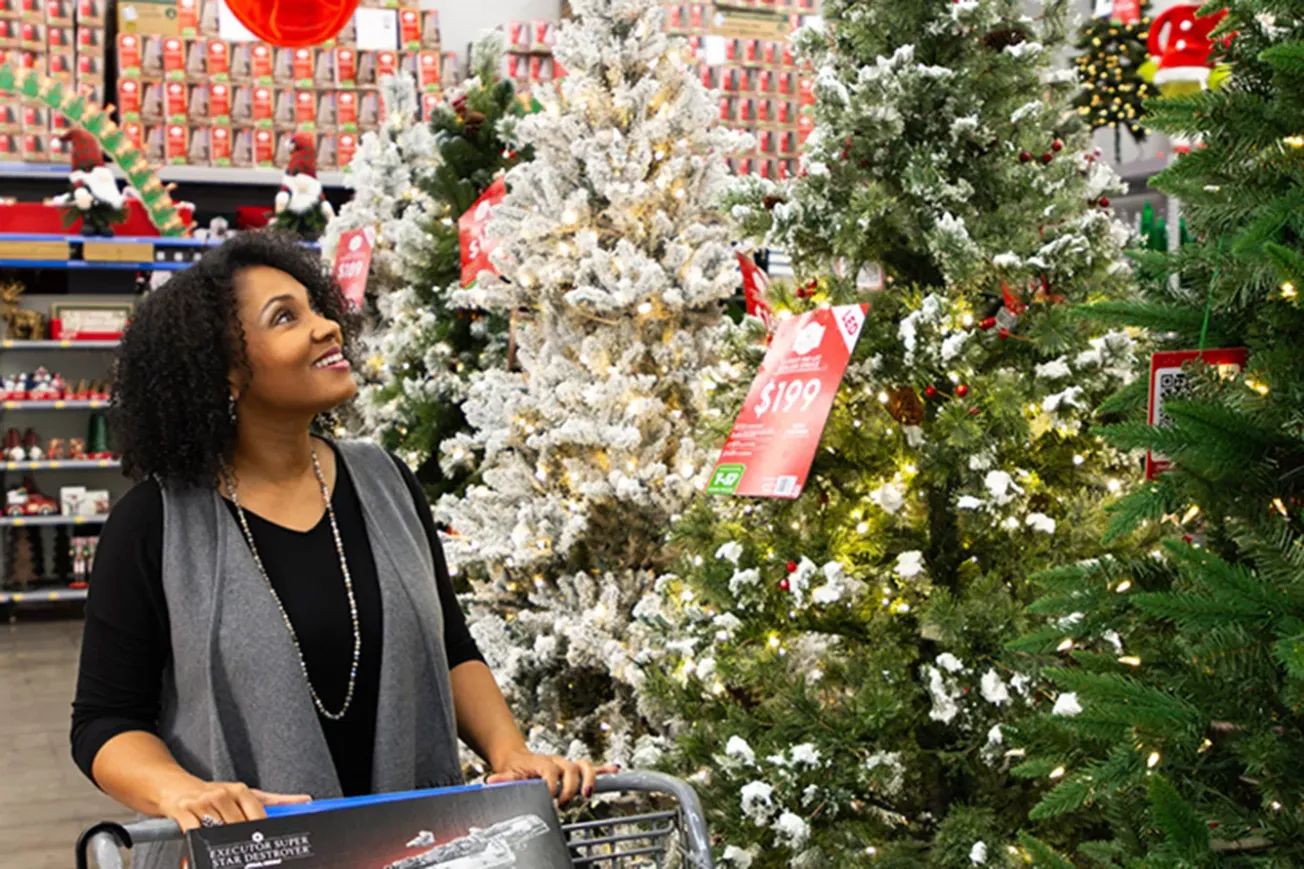NEW YORK — Retailers can be cautiously optimistic about the upcoming holiday season, as consumers are expected to spend more this year than last. Accenture’s Annual Holiday Shopping Survey, released today, found that U.S. consumers plan to spend an average of $613 this season, up 4% from $591 in 2023.
Today’s report comes on the heels of the release of the National Retail Federation’s latest consumer survey, conducted by Prosper Insights & Analytics, which also projected increased consumer spending this year. NRF’s survey found that consumer spending on the winter holidays is expected to reach a record $902 per person on average across gifts, food, decorations and other seasonal items. That amount is about $25 per person more than last year’s figure and $16 higher than the previous record set in 2019.
“The winter holidays are a treasured time for Americans, and they are prioritizing spending on family this holiday season,” NRF Vice President of Industry and Consumer Insights Katherine Cullen said. “Despite the shorter window of time between Thanksgiving and Christmas, retailers are prepared to meet the needs of consumers by providing holiday shoppers with earlier deals and sales and by ensuring inventory is available for the most in-demand items this year.”
The increase in holiday spending in NRF’s survey is largely attributed to gifts for family members. Of the $902 shoppers plan to spend, approximately $641 is on gifts for family, friends, co-workers, and more, an increase from $620 last year. The remaining $261 will be spent on other seasonal items such as food or candy, decorations, greeting cards, and other holiday items.
Nearly all U.S. adults (92%) plan to celebrate winter holidays such as Christmas, Hanukkah or Kwanzaa this year, according to the NRF survey, which is in line with 2023.
Although similarly upbeat, the Accenture report warns that competition for consumer dollars remains fierce, and retailers must navigate emerging trends and challenges to maximize their holiday profits.
Despite the uptick in consumer spending, price sensitivity remains a critical factor. Accenture’s survey found that 68% of shoppers prioritize price and value when deciding where to buy, and 30% indicated they will only make purchases when offered promotions or discounts. Retailers will need to cater to these "deal-seekers."
“It is encouraging that consumers are planning to spend more this holiday season, but with this optimistic outlook comes a reminder that price and value remain front-of-mind for many,” said Jill Standish, global lead for Accenture’s Retail industry group.
Standish advises retailers to expand their focus beyond major sales events like Black Friday to win over these cost-conscious shoppers. “Successful retailers will be those who harness the power of their brand as a magnet to draw customers over their competitors. That means using data to tailor promotions and advice to individual customers with much greater precision.”
With nearly 40% of consumers planning to shop between early November and early December, retailers must maintain agile pricing strategies, using real-time data to adjust promotions as demand fluctuates.
Gift cards continue to be a popular choice among consumers, with 40% of shoppers planning to purchase them this year. However, despite their popularity, many recipients fail to redeem their full balances. Last year, an average of $120 per consumer in gift card balances went unspent, representing a significant missed opportunity for retailers.
“Gift cards have tremendous potential to be reinvented,” said Oliver Wright, global lead for Accenture’s Consumer Industries practice. “Building creativity and interactivity into the experience can help evolve gift cards from a last-minute, mind-blank gifting solution into a thoughtful and personal gift.”
Retailers can capitalize on this opportunity by simplifying the gift card experience and making it more personalized. Regular balance reminders and product suggestions that match the card’s value could encourage full redemption and foster long-term customer engagement.
While consumers are ready to spend, many feel overwhelmed by the wide array of choices. Accenture’s survey found that 69% of shoppers are anxious about making the wrong purchase, and 82% said they might abandon their shopping carts out of frustration.
“Consumers are open to receiving advice and inspiration to help check things off their holiday shopping list,” Wright noted. “But there’s a careful balance to strike between being the helpful advisor and bombarding them with too much choice.”
Retailers can help alleviate “Buyers’ Block” by leveraging in-store associates as personal shopping guides and employing generative AI technology online. According to the survey, 93% of consumers believe AI could help them make better gift decisions, underscoring the role technology can play in simplifying the shopping process.
The NRF-Prosper survey found that digital retailers will remain the top holiday shopping destination this year, with 57% of consumers planning to make holiday purchases online. This is followed by department stores (46%), grocery stores and supermarkets (46%) and discount stores (45%). And other retailers are in the mix as well.
“While most consumers will opt to shop at traditional retailers this holiday season, many younger consumers between the ages of 18 to 24 will also head to thrift stores and resale shops,” Prosper Executive Vice President of Strategy Phil Rist said. “Secondhand and refurbished gifts appeal to this age group’s desire to save money and be more sustainable.”






